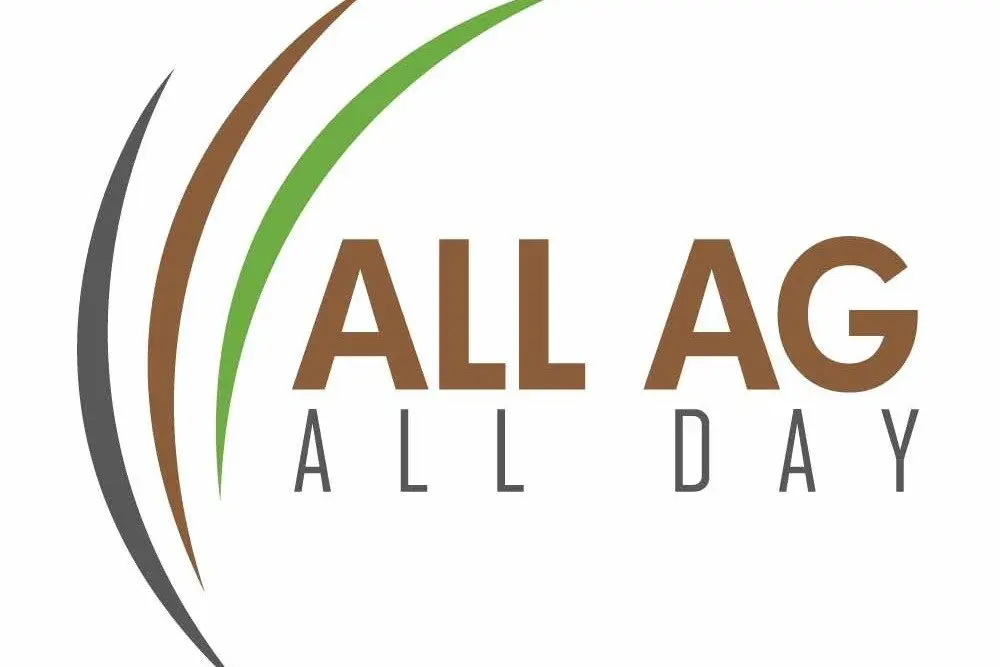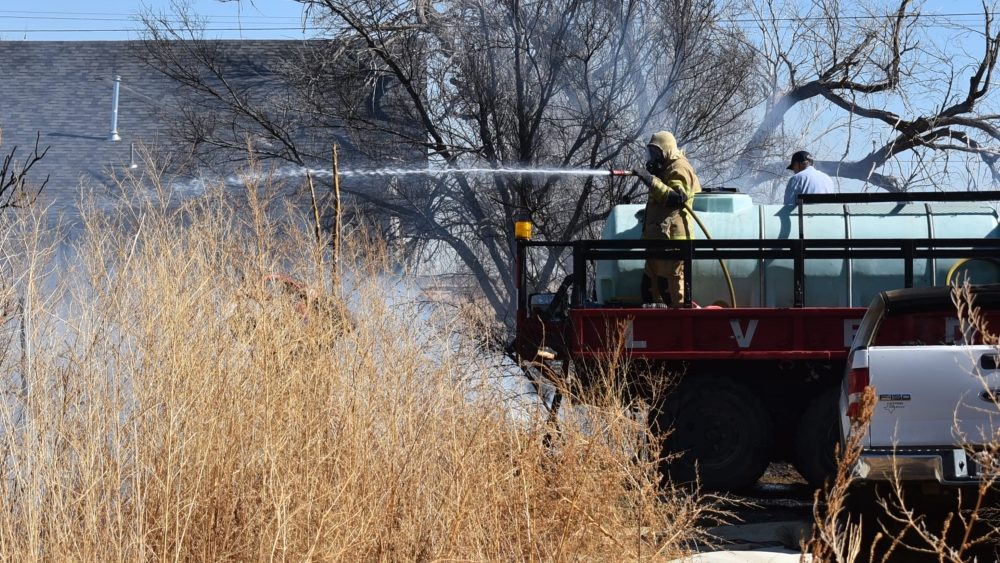
All Ag, All Day is the nation's only full-time farm radio station with studios in Floydada and Nashville, TN (www.AllAgNews.com)
Rollins Outlines Five-Point Plan For Farm Economy
KANSAS CITY, MO – U.S. Secretary of Agriculture Brooke Rollins used her remarks at the Agriculture Outlook Forum in Kansas City to unveil a five-point plan aimed at easing cost pressures and expanding opportunities for American farmers. Rollins noted that input costs remain stubbornly high compared with 2020, with fertilizer up 37 percent, fuel up 32 percent, and interest expenses up 73 percent. Labor costs have climbed 47 percent, primarily driven by the H-2A program’s wage structure.
The plan includes tighter scrutiny of supply chains under a new agreement with the Department of Justice, reforms to the H-2A wage-setting process, and expanded support through the Emergency Commodity Assistance Program (ECAP), which has already delivered $8 billion in aid. Rollins also announced the release of the program’s remaining $2 billion in payments, as well as additional international food assistance purchases totaling $480 million.
Trade promotion funding will be accelerated, with $285 million launching the America First Trade Promotion Program on October 2. Rollins emphasized that new market expansion and disaster assistance remain central to stabilizing the farm economy.
Farm-Level Takeaway: Rollins’ plan targets high costs, labor challenges, and export growth, delivering relief at home while building markets abroad.
**********
U.S. Hog Inventory Falls As Herd Contraction Continues
WASHINGTON, DC – USDA’s Quarterly Hogs and Pigs report shows the domestic hog herd slipping again, with 74.5 million head on September 1, 2025, down 1 percent from a year earlier. The breeding herd dropped 2 percent to 5.93 million head, while the market hog inventory of 68.5 million was also off 1 percent. The June–August pig crop fell 3 percent from 2024 to 34.1 million head, even as pigs saved per litter inched higher to 11.82.
Producers signal further cutbacks, with sow farrowing intentions down 2 percent for September–November and slightly lower for December–February. The numbers came in weaker than some industry expectations, which had anticipated modest herd growth after earlier declines. Analysts note continuing pressure from productivity and disease challenges, including Porcine Reproductive and Respiratory Syndrome (PRRS), which has reduced output in key regions.
Farm-Level Takeaway: Lower inventories and cautious farrowing plans suggest tighter hog supplies into 2026, keeping producer margins sensitive to demand trends and health risks.
**********
U.S. Red Meat Production Slows Sharply In August
WASHINGTON, DC – U.S. red meat production fell sharply in August, with total output at 4.15 billion pounds—down 10 percent from a year earlier. Beef production dropped 12 percent to 2.02 billion pounds, as cattle slaughter fell to 2.33 million head, 14 percent below last August. Heavier carcass weights, averaging 1,413 pounds, only partially offset the weight decline.
Veal production hit an all-time low at 1.9 million pounds, 38 percent under last year, with calf slaughter down 45 percent to just 9,400 head. Pork production totaled 2.12 billion pounds, down 8 percent, with hog slaughter slipping 7 percent to 10.1 million head. Average hog weights eased by 2 pounds to 280. Lamb and mutton production reached 10 million pounds, off 5 percent from last year, with slightly fewer animals processed at lighter weights.
For the year to date, commercial red meat output stands at 35.2 billion pounds, 3 percent below the 2024 level. Beef is down 4 percent, veal 38 percent, and pork 2 percent, while lamb and mutton remain up 3 percent.
Farm-Level Takeaway: Smaller slaughter numbers across beef and pork signal tighter supplies into late 2025, while record-low veal production highlights ongoing structural changes in the sector.
**********
Farm Land Values Continue To Rise Nationwide
LUBBOCK, TX -USDA’s annual Land Value Report shows U.S. farm real estate values climbed again in 2025, reflecting strong demand for farmland despite tighter farm margins. The average value of land and buildings on farms increased to $4,350 per acre, a $180 rise from 2024, representing a 4.3 percent year-over-year increase. Cropland averaged $5,830 per acre, a 4.7 percent increase, while pastureland averaged $1,920 per acre, up 4.9 percent.
Gains were widespread across regions, with particularly strong increases in the Northern Plains and Southeast. Rising land values continue to outpace inflation, underscoring the enduring value of farmland as a stable long-term investment. Higher equipment costs and strong commodity price swings are pressuring cash flow, but land markets remain supported by limited supply and institutional investment interest.
The five most expensive states for farm real estate in 2025 were:
Rhode Island – $22,500 per acre
New Jersey – $16,600 per acre
California – $14,900 per acre
Massachusetts – $14,400 per acre
Connecticut – $13,700 per acre
Farm-Level Takeaway: Land values are increasing faster than farm income, making it more challenging for young and beginning farmers to expand, but supporting equity for current landowners.
**********
China’s Shifting Cotton Policies Drive Global Market Volatility
LUBBOCK, TX – China continues to play a decisive role in the international cotton market, even as it leads the world in production. For the 2025 crop year, Chinese output is projected at 31.5 million bales; however, the country still imported 5.3 million bales, ranking just behind Bangladesh, Vietnam, and Pakistan. Import patterns are dictated by government quotas, which allow 894,000 tons at a low tariff rate of 1 percent, while additional imports face a 40 percent tariff.
University of Georgia economists explain that these policies, along with reserve stock programs, can cause dramatic swings in demand from year to year. Heavy purchases in 2023 lifted global demand, but reduced China’s need for imports in 2024 while boosting domestic output. Past examples, including the 2012–2014 period, demonstrate that reserve build-ups followed by cutbacks can exert lasting pressure on global prices.
Farm-Level Takeaway: For U.S. growers, the uncertainty adds risk during harvest and marketing. China’s buying decisions continue to be a critical factor in shaping cotton prices and export opportunities worldwide.
**********
Egg Output Declines As Layer Flock Contracts Nationwide
WASHINGTON, DC – USDA’s monthly Chickens and Eggs report showed lower egg production in August as flock numbers continued to shrink. Total U.S. output reached 8.89 billion eggs, down 2 percent from last year. Of that, 7.59 billion were table eggs and 1.30 billion were hatching eggs, including 1.19 billion broiler-type and 118 million egg-type. The average number of layers in August was 364 million, 1 percent below a year ago, while production per 100 layers fell 1 percent to 2,444 eggs.
As of September 1, the nation’s flock totaled 366 million layers, down 1 percent from 2024. The flock included 301 million table egg layers, 59.9 million producing broiler-type hatching eggs, and 4.65 million producing egg-type hatching eggs. The daily lay rate decreased to 78.6 eggs per 100 layers, a 1 percent decline.
On the hatching side, egg-type chicks totaled 57.4 million in August, up 5 percent from last year, while broiler-type chicks reached 879 million, up slightly. Iowa, Ohio, Indiana, Pennsylvania, and Texas remain the top five states in egg production.
Farm-Level Takeaway: Smaller flocks and lower lay rates are pressuring table egg supplies, even as hatchery activity edges higher.




